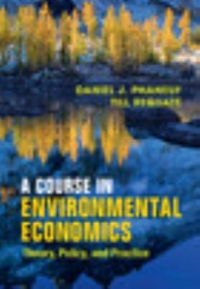Question
We studied the aggregate demand (AD) and aggregate supply (AS) model in the context of recessions, expansions and supply shocks on economic activity. In addition,
We studied the aggregate demand (AD) and aggregate supply (AS) model in the context of recessions, expansions and supply shocks on economic activity. In addition, we also discussed the role of monetary policy on economic activity. As a result, the different type of 'shocks' that affect economic activity bare consequences on the level of inflation and output. Central banks, such as the RBA, can simultaneously pursue "stabilising prices" (i.e., maintaining a targeted level of inflation) and "stabilising economic activity" (i.e., economic activity remaining at its potential level). However, not all shocks to the economy are equal. In response to this, economists/policymakers can either achieve price stability or economic stability, but not both. This trade-off ultimately poses a dilemma for central banks with dual mandates such as price stability and economic activity. On the other hand, New-Keynesian theory suggests that there is no trade-off between price stability and maintaining economic activity - something called the "divine coincidence". Recall the long-run potential macroeconomic equilibrium condition:
Oil price shocks have been a reoccurring phenomenon over the last fifty years, causing significant fluctuations in the price of oil. Examples of oil price shocks include the early 1970s caused by the OPEC oil embargo, the early 1990s caused by the Gulf War, and the Arab Spring during the early 2010s. Oil-importing nations like Australia are significantly affected by rising oil prices. Nonetheless, evidence has shown that oil price shocks are a temporary phenomenon, and eventually, prices decline. Assume that there is no fiscal policy response from the government in relation to an oil price shock.
Use Fig.1 as your starting point.
a. Explain and illustrate the short-run effect of a temporary oil price shock on macroeconomic equilibrium using the AD-AS model. [3 marks].
b. Explain and illustrate the adjustment process back to long-run equilibrium based on the following: i. Self-correcting mechanism (i.e., with no policy response). [2 marks] ii. Active stabilisation response (i.e., with policy response). Note, there are TWO active stabilisation polices here. Explain both. [4 marks]
c. Based on your answers in part (b), does the 'divine coincidence' hold? [1 mark]
Step by Step Solution
There are 3 Steps involved in it
Step: 1

Get Instant Access to Expert-Tailored Solutions
See step-by-step solutions with expert insights and AI powered tools for academic success
Step: 2

Step: 3

Ace Your Homework with AI
Get the answers you need in no time with our AI-driven, step-by-step assistance
Get Started


